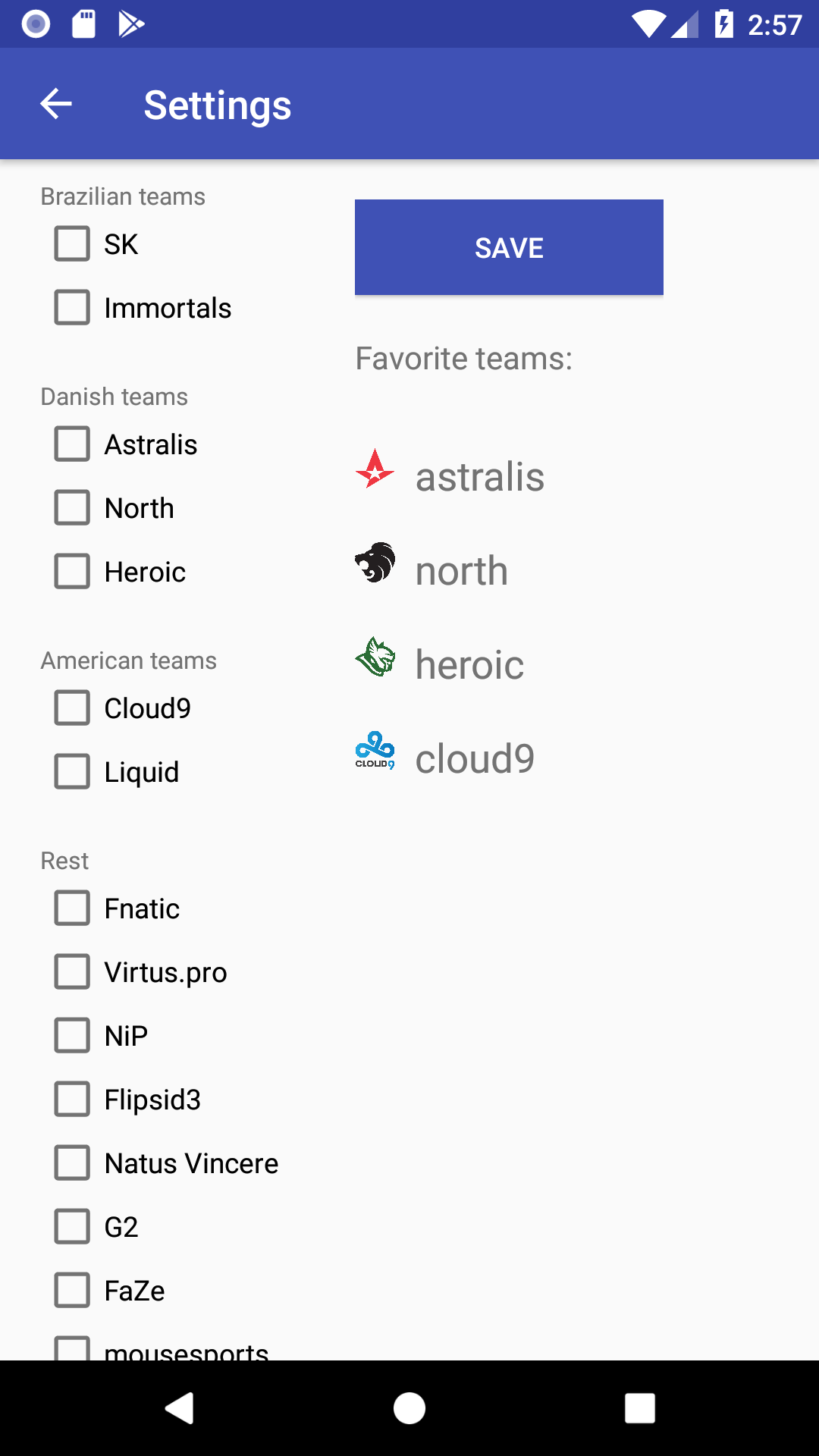×




University projects:
Robotics
- 1st semester: Autonomous Mine Detection Robot: Download -
Landmines and improvised explosive devices (IEDs) continue to injure and or kill thousands of people every year as well as hinder development in a variety of countries. The aim of the project is to come up with a solution capable of reducing or eliminating the impact of landmines and IEDs as well as simulate the concept of the solution with a prototype. In order to do so, the problems of Landmines and IEDs are analyzed. The analysis describes the two types of explosives and the impacts of them as well as methods and existing solutions used to cope with landmines and IEDs today. Based on the analysis, the problem is delimited to only landmines and pressure plate IEDs (PPIEDs), and requirements are listed for the solution. Four different solution proposals are then presented, analyzed and finally combined into one final solution. An autonomous, hovercraft based, mine detector is proposed as solution. The hovercraft utilizes a metal detector and ground penetrating radar (GPR) as sensors for detection of landmines and PPIEDs and creates a map with locations of the mines in order to ease the demining process. Finally, by use of the Turtlebot and ROS(Robot Operating System), the project succeeds in creating a prototype simulating core parts of the said solution.
- 2nd semester: Robotic Automation of the Assembling Process of Rotors and Stators in the ALPHA2 Pum... :
Download -
Based on an inquiry from the Danish pump manufacturing company Grundfos regarding an assembly operation in their ALPHA2 productionline, this project investigates the possibilities of automatically assembling a rotor and stator by the use of one or more robotic manipulators, while fulfilling a certain set of requirements. In short, the rotors must be moved from a conveyor to a magnetizing unit and then from the magnetizing unit onto a second outlet conveyor with stators to create one assembled unit. A unit must be produced every fourth second and approximately every 50th magnetized rotor must be quality checked. Ultimately, this investigation should result in the design of a robot system capable of completing this assembly operation. In order to design such a system, four cycles are proposed and analysed thoroughly to find the most efficient cycle and a gripper for the manipulator capable of handling the rotors is designed in the SolidWorks CAD program. Multiple tests on a KUKA KR6R700 sixx concluded that two of the four proposed cycles were able to complete the assembly operation within four seconds and the most efficient cycle was achieved by moving two rotors at once by use of a double gripper as end-effector on the manipulator.
- 3rd semseter: Aiding upper limb rehabilitation of hemiparetic patients using a robotic manipulator contr... :
Download -
Strokes are one of the leading causes of disability in the entire world, often causing of hemiparesis. In order to address this problem and improve the quality of life for hemiparetic patients with a partially automated solution, a fundamental analysis of the problem was conducted. Based on the analysis a rehabilitation game, for patients with upper extremity disabilities, consisting of a robotic manipulator and a commercially available sensing device is proposed. In order to develop this game, kinematics of the manipulator are calculated and a control system with a PID controller is implemented to control movements of the manipulator in cartesian space. A prototype of the game was built and tested in relation to specific requirements in order to evaluate the product. The prototype fulfilled all the requirements, but it was not without flaws. The final prototype adequately demonstrated the concept of the game even though it never was tested on hemiparetic patients.
- 4th semester: Unavailable due to signing a non-disclosure agreement
Computer Engineering
- 1st semester: Determining the Best Camera Angle of Deafblind Interaction: Download -
This paper investigates and proposes asolution, in a proof of concept state, for a problem encountered by The Centerof Deafblindness and Hearing Loss in Aalborg. The problem mainly consists of an analyst wanting to prove that if deafblind students perform adaptive physical activity together, rather than separately, they will thrive. To prove this hypothesis, the analyst needs proof in the form of recordings. The proposed solutionis a system consisting of multiple cameras, a server, and an interface to analyze the recordings. However, only a proof of concept meant to incentivize further development is developed. This proof of concept shows that it is possible to transfer footage to a server using RTSP, transfer recordings to a client using SMB, and provide an interface to analyze recordings using the Qt toolkit. It was not, however, tested whether the quality of a given camera angle using OpenCV and Caffe deep learning framework could be correctly evaluated in a production environment. Since the proof of concept is incomplete, suggestions for further work are also proposed.
- 2nd semester: Zero Hunger - Redistribution of Food Waste to Combat Global Hunger: Download -
This project attempts to create an online platform for food donations, such that food donors,and food receivers are able to establish communication and arrange food donations. The target food donors are mainly wholesalers, supermarkets, or directly from the manufacturers, which donates food waste to charitable organizations that redistribute the donated foods to people in need. By using food waste, it is possible to not only reduce the number of starving people, but it would also be a sustainable solution, that would be beneficial tothe environment in terms of greenhouse gas emission. Furthermore, a reduction in food waste might also be favorable to the economy of each country. The proposed solution works like a marketplace on a website, where both donors and receivers are granted access. The system has been tested on a homogeneous user group that found the system’s usability to be good, while the usefulness of the system is inconclusive.
- 3rd semester: Access Control Vulnerabilities, Cryptography, and Improvements: Download -
In this paper, issues with access control and vulnerabilities at Aalborg University are examined. Whilst doing this examination, vulnerabilities in various web services related to the access control system at Aalborg University were discovered. A proof of concept for a new access control system was also developed. This proof of concept attempts to avoid trusting PICC scanners, which would allow for third party services to use said scanners safely. Additionally, the proof of concept uses unique cryptographic keys on each PICC, which reduces the risk of duplicated PICCs. This proof of concept consists of a MIFARE Classic 1K PICC, a client-side application for scanners, and a server-side API and -database that the client-side application uses. It was found that Crypto1 can be compromised by a malicous scanner, but using unique keys on each PICC partially mitigates PICC duplication.
- IEEE article: Examining the Cyber Security of a Real World Access Control Implementation: Link
- 4th semester: Real-Time IoT-Based Alarm Systems Utilizing Protocol Failover: Embedded Real-Time Systems: Download -
This report examines a method for circumventing protocol jamming attacks by the development of an IoT-based alarm system prototype that is capable of performing protocol failovers. Following COBRA and CODARTS methods for real-time systems, a design of the prototype was developed. The system was exposed to a number of tests, which demonstrated that the system is reliable in the sense of achieving failover to a secondary wireless communication protocol within given real-time absolute deadlines. It was concluded that the uplink packet size limitations of the secondary protocol LoRaWAN poses a problem in that files such as images cannot be transmitted. This questions the usability of LoRaWAN in an IoT-based alarm system where the user expects to have a picture transmitted to visually identify the presence of a burglar.
- 5th semester: A BATMAN Testbed with Assisted Deployment and Metric Measurement: Download -
Mesh routing allows for multi-hop ad-hoc networks avoiding reliance on existing infrastructure. However, mesh network routing is not easy. Multiple routing algorithms have been proposed and multiple implementations have been created. This report investigates the possibility of developing a testbed for the mesh network routing protocol BATMAN. The testbed was developed with the goal of assisted deployment of a BATMAN networkand continuously collecting data. A deployment system was used for assisted deployments, and a tracker was developed which collects both local BATMAN state and headers from packets sent by each node. In order to verify the applicability of the system, multiple tests were conducted. Using the deployment system proved successful for getting a working testbed running with nodes using BATMAN, as well as the developed tracking software. Once the testbed was deployed, three of four selected scenarios could be recreated, data could be collected throughout, and metrics could be calculated from this data.